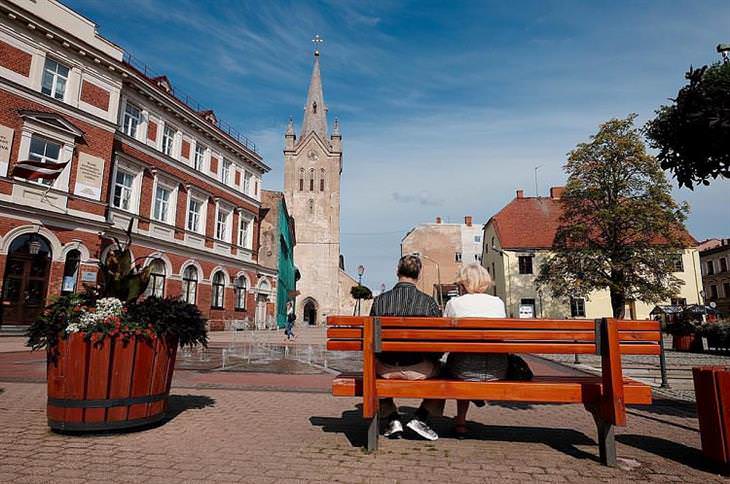
Latvia is one of the most unique countries in Eastern Europe. You might be surprised to hear, but Latvia is Europe's leader in the percentage of its natural areas: more than 45 percent of the country's territory is covered with forests and natural woodlands, over 10,000 lakes and 3,000 rivers flow in its land, and it holds more than 5,000 km of beaches.
Many are familiar with the city of Riga, the country’s capital, and vibrant cultural center, but even outside it lies a whole world that shouldn’t be missed. When you leave Riga, to the national parks, nature reserves, picturesque towns and various heritage sites surrounding it, you will discover the beauty of Latvian nature, along with the rich and fascinating history of the country. In order to make sure you don’t miss anything and are really able to experience Latvia in its best form we’ve compiled a list of its 14 most recommended destinations!
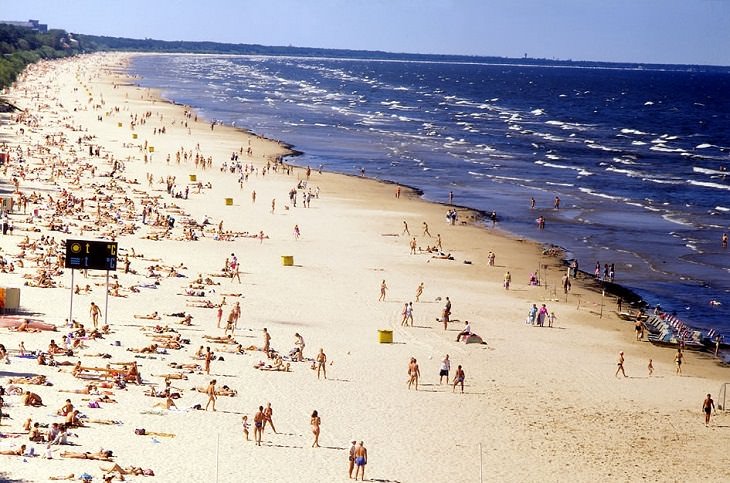
Enjoy all the comforts of life in Jūrmala, the largest resort city in the Baltic Sea. The city's name means "the beach" and this is indeed the main attraction here. Jūrmala’s shores, covered with white sand and pine trees, offer a variety of activities, including sunbathing and swimming throughout the day, and evening shows and parties during the hot summer months.
Jūrmala is a city of pleasures and entertainment and you will find plenty of leading international restaurants, luxury shops, health centers, spas and more. If you would like to enjoy some of the high-class entertainment and culture, go to the popular Dzintari Concert Hall, where you can watch a musical performance or a spectacular show.
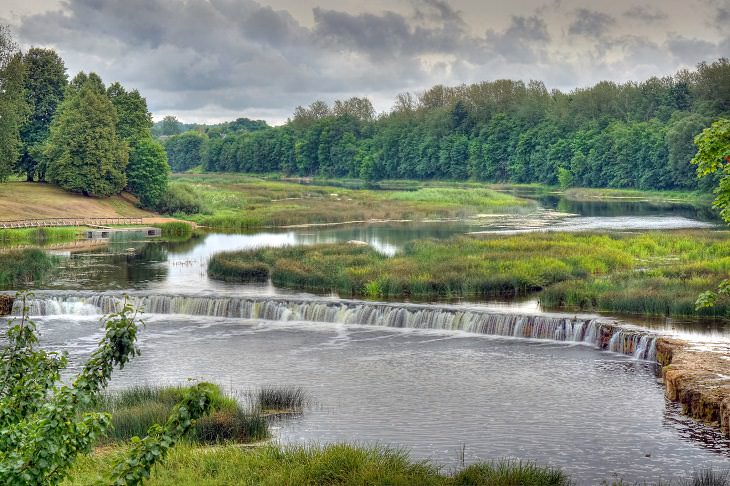
Striking, this is the word used by anyone who has ever visited the picturesque town of Kuldīga to describe it. "Venice of Latvia" is what they call the place, because of the abundance of rivers flowing between its streets, alleys and ancient houses.
The old buildings and traditional architecture have been completely preserved here, giving Kuldīga the same magical feeling that will accompany you throughout your trip here, and make you feel as though time has stopped. On your visit, we recommend that you take in a tour of Venta Rapid, the largest waterfall in Europe, located within the town.
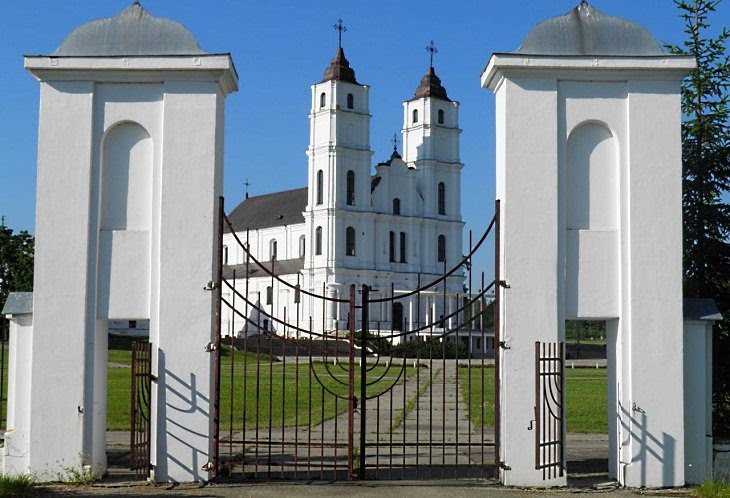
The largest and most important church in Latvia, built during the 18th century and named after the beautiful picturesque town where it sits, is a pilgrimage site for thousands of Catholics who gather here every year on August 15, the date which marks the kimisis of the Virgin Mary in Christianity.
The view of the Basilica, with its impressive white façade and the vast park surrounding it, is unique and fascinating even when visited any other day of the year, and it is definitely worth visiting the inside of the church, where you can see the collection of iconic artwork that adorns it including a variety of classic paintings, .
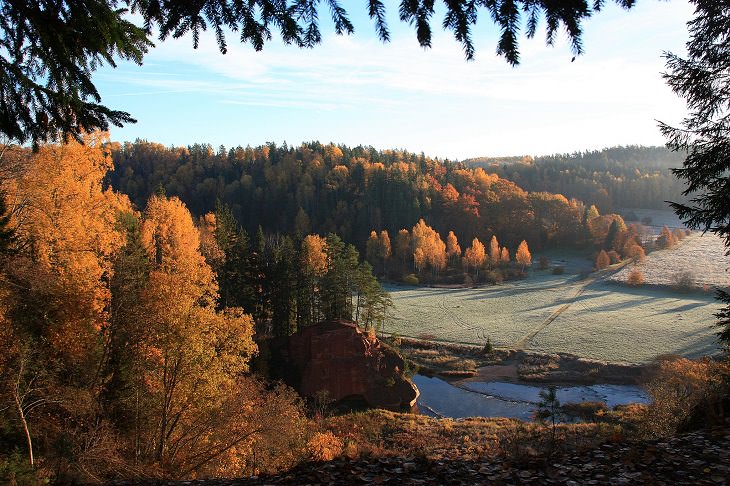
For lovers of nature and history, Gauja National Park shouldn’t be missed. This is the largest and most popular park in Latvia, occupying an area of 920 square kilometers. Here you will find many hiking and cycling trails, which take you on a trip through amazing sights of huge sand rocks, towering cliffs and more than 500 historical exhibits including castles, stone estates, ancient churches, water and windmills and more.
If this wonder has not yet convinced you to go to Gauja, then you should be advised that there are a variety of sports and adventure options available, such as the nearby Gauja River and even several ski slopes that open during the winter months.
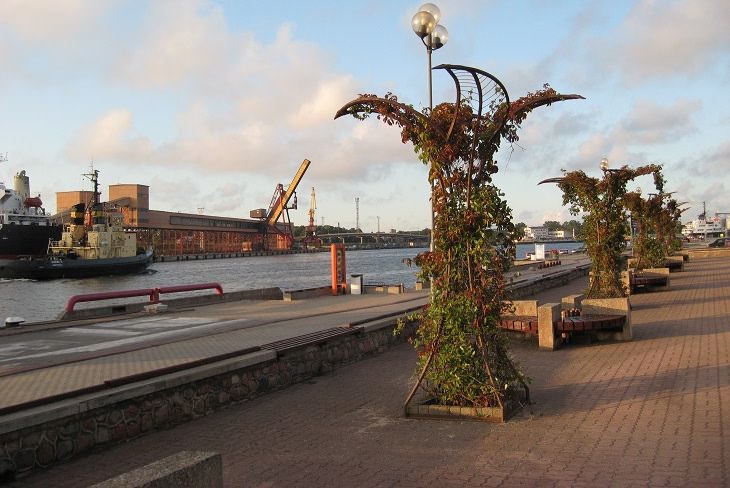
"The flower capital of Latvia," is the city that holds a traditional flower festival every year during the first week of August, during which florists from all over Latvia and its surrounding areas arrive and decorate it with colorful tapestries.
Of course, it is recommended to come here when the festival takes place, but even if you can’t make it, worry not, you won’t be disappointed, because in any case, you’ll find a vibrant town that blooms all year round. It is recommended to visit and observe Ventspils bustling port and its urban market, which is full of fresh goods.
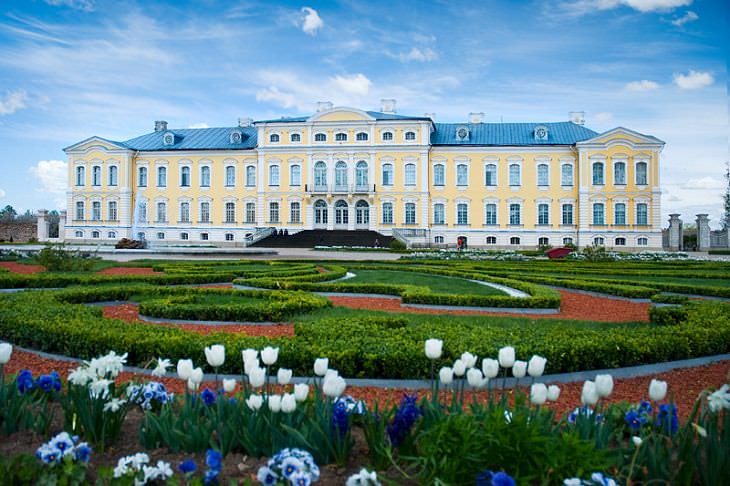
Enter the magnificent world of the 17th-century Latvian lords in this beautifully preserved palace, a model of classic, proud and ostentatious design. The palace was built for the Duke of Kurland but was converted into a museum during the 1970s.
Throughout the decades and wars in Europe, the palace was destroyed and to this day 48 of the 138 huge rooms that originally existed in the palace have been restored, among them you will find a variety of artworks, objects and furniture from the Classical period, collected from all over Latvia and Europe and displayed here. The magnificent French-style gardens at the front of the palace are often compared to the legendary Versailles gardens in Paris.

From the classics of previous centuries, we will move on to a destination that marks Latvia's recent past and advanced present. The Ventspils Center (not to be confused with the city of the same name we recommended earlier) is located in the small town of Irbene and was established by the Soviet Army, which ruled Latvia after World War II, as a spy facility against Western countries.
Until the 1990s, the facility was a strictly guarded secret, but after the Soviets retreated from the country, the center became a facility for scientific research and an open tourist site, to which organized groups arrive to observe RT-32, the world's eighth largest telescope, which was established by the Soviets for espionage purposes and is now used by scientists to explore space.
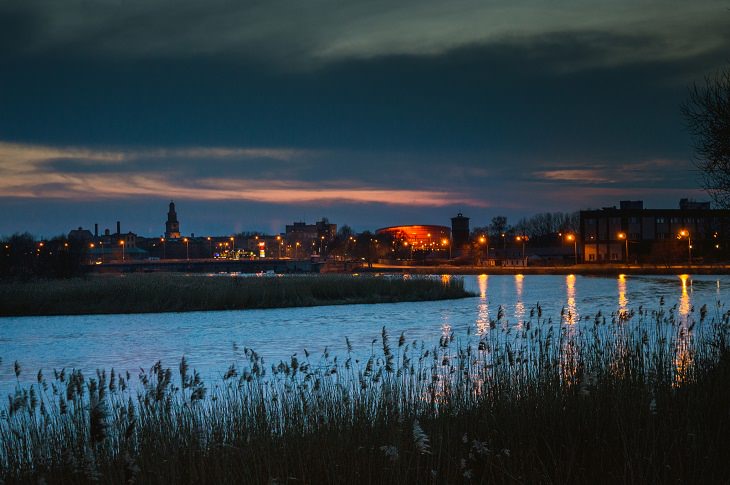
"The city where wind was born" is the creative title given to this enchanting coastal city. This is the third largest city in Latvia, but the feeling here is similar to that of a small and relaxing resort town, with stunning blue beaches, where you can stay and enjoy for hours on end.
It is also recommended to visit the city center, which is lined with impressive preserved wooden houses and small picturesque alleys arranged in a zigzag style. In addition, you can explore a little and visit Karosta, a ghost town that once served as a secret military base for the Soviets, and today functions as a tourist attraction in every way, revealing the not-so-distant history of Latvia under the Soviet occupation.
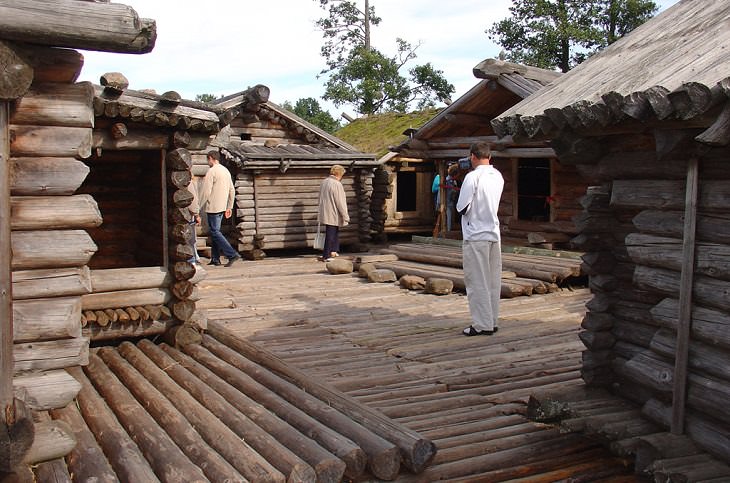
To get to know the ancient past of Latvia, visit this charming little village, located on a small island in the heart of Araisi Lake, where you will find a restored village with many wooden buildings. The ancient settlement, founded by the ancestors of Latvians, was built in the center of the lake to protect it from enemies.
An exact replica of it was built a few years ago after extensive archeological excavations in the area revealed the original buildings that were preserved well. Within some of the buildings, you will find interesting views such as a workshop for stucco jewelry from the 9th century and restored living rooms from the original houses.
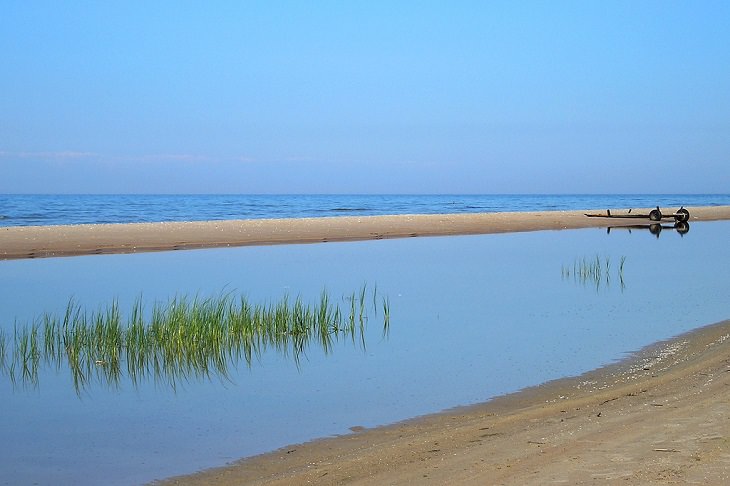
Isolated, powerful and beautiful, is the narrow peninsula of Kolka, the northernmost point in Latvia, where the coast of Riga and the open Baltic Sea converge in full force. Traveling to this point can seem like a journey to the end of the world, but it is worth doing so not to miss the powerful sights and sounds from the observation tower located on the beach just above the meeting point between cape and sea.
It is worth visiting here during the spring months, when thousands of birds, at the height of migratory season, fly over the top of the cape and give the place a breathtaking view that is unparalleled.
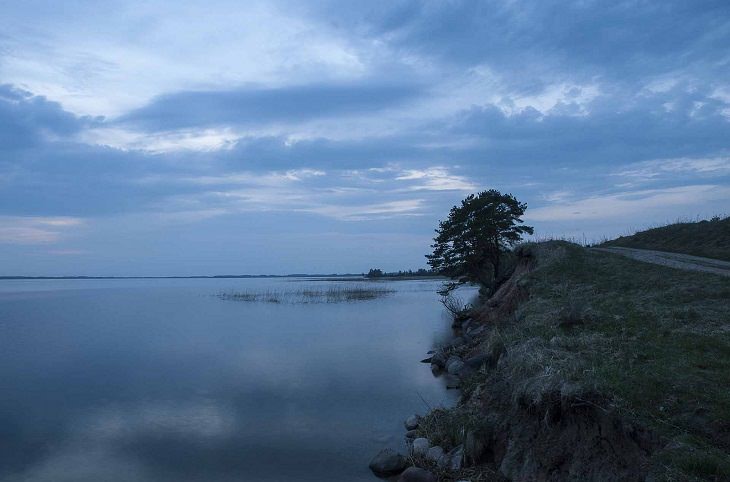
Latvia's tireless efforts to preserve its natural wonders for future generations are clearly visible in this vast park. This nature site was established in 2007 to protect the existence of the second largest lake in Latvia, Lake Rāzna, and its natural and green surroundings.
Visiting the youngest park in Latvia is an interesting experience because here we are given the opportunity to have a glimpse of Latvia’s unique ecosystem. Beyond Lake Rāzna, the park contains a long line of beautiful lakes, such as Lake Ežezer, which is dotted with many tiny islands.
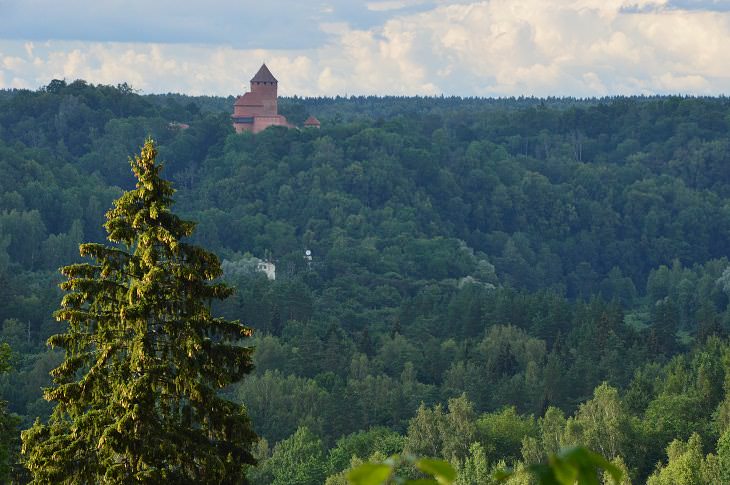
Welcome to Switzerland of the Baltic Sea! Beautiful Sigulda was given its name because it sits on the banks of the Gauja River, where the natural elements carved the sandstone and created caves, cliffs and steep cliffs, creating breathtaking beauty that every nature lover must see.
Sigulda has two of the most impressive castles in Latvia: the new Sigulda Castle and the Turaida Castle, and both are recommended to visit if one needs to draw some inspiration. Between the two castles you will find the Gutmanis Cave, the largest cave in the Baltics.
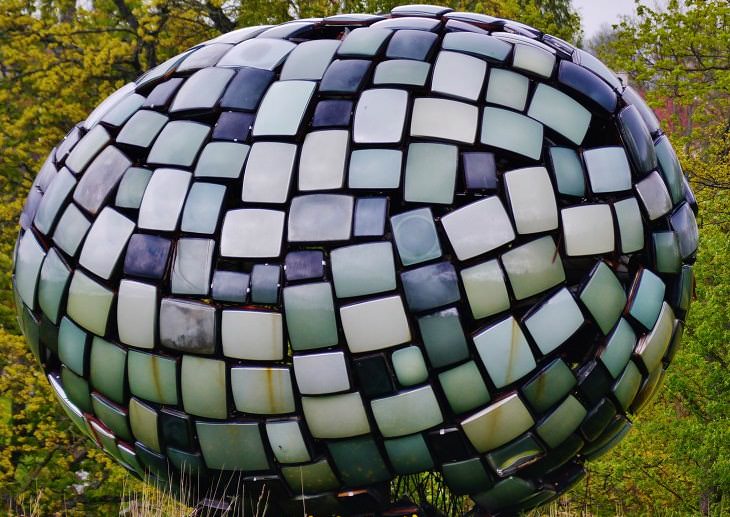
This unique museum, which has been in existence for almost 30 years, tries to capture the best local art of the Abava River valley, in western Latvia. The park features more than 150 impressive environmental sculptures created by the best sculptors, both local and international.
The uniqueness of the place is expressed in the way the sculptures connect and adapt to their natural environment, and appear to be part of it. Legend has it that the occasional visit by the white prince, a legendary figure from Latvian mythology, makes guests want to stay in the park or to return to it again, so don’t be surprised if you're overcome by such feelings when visiting it.
